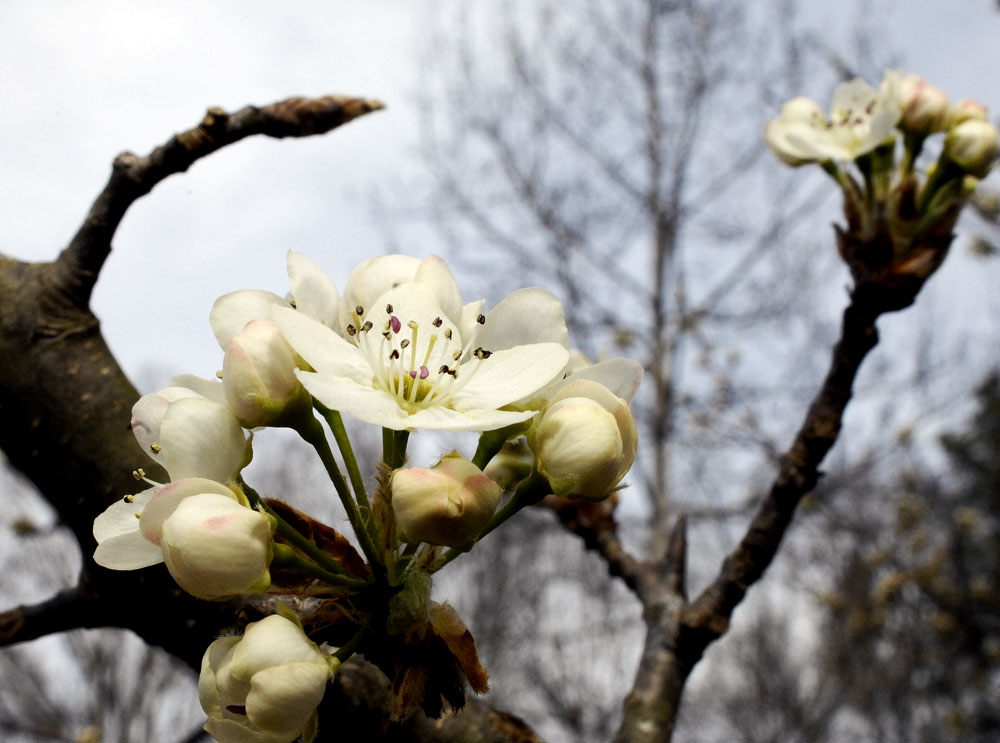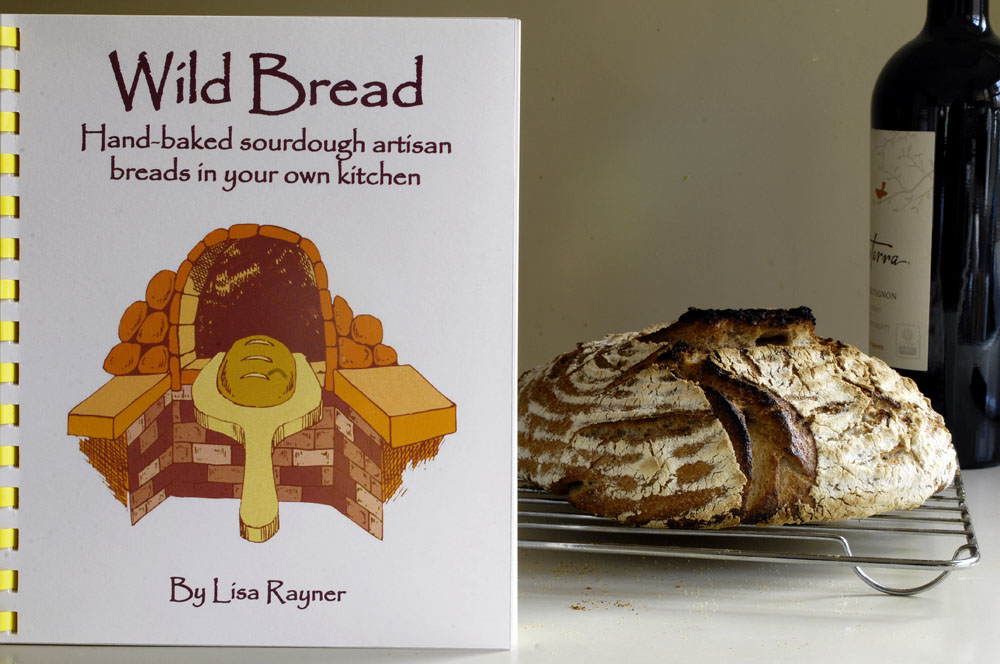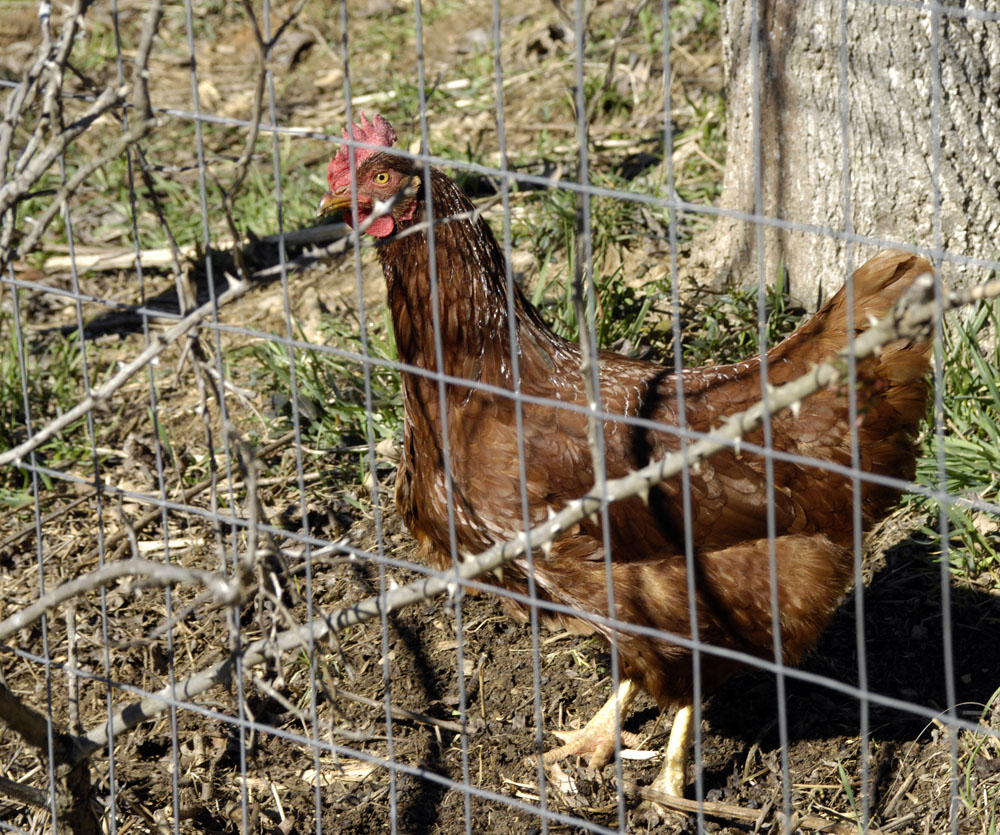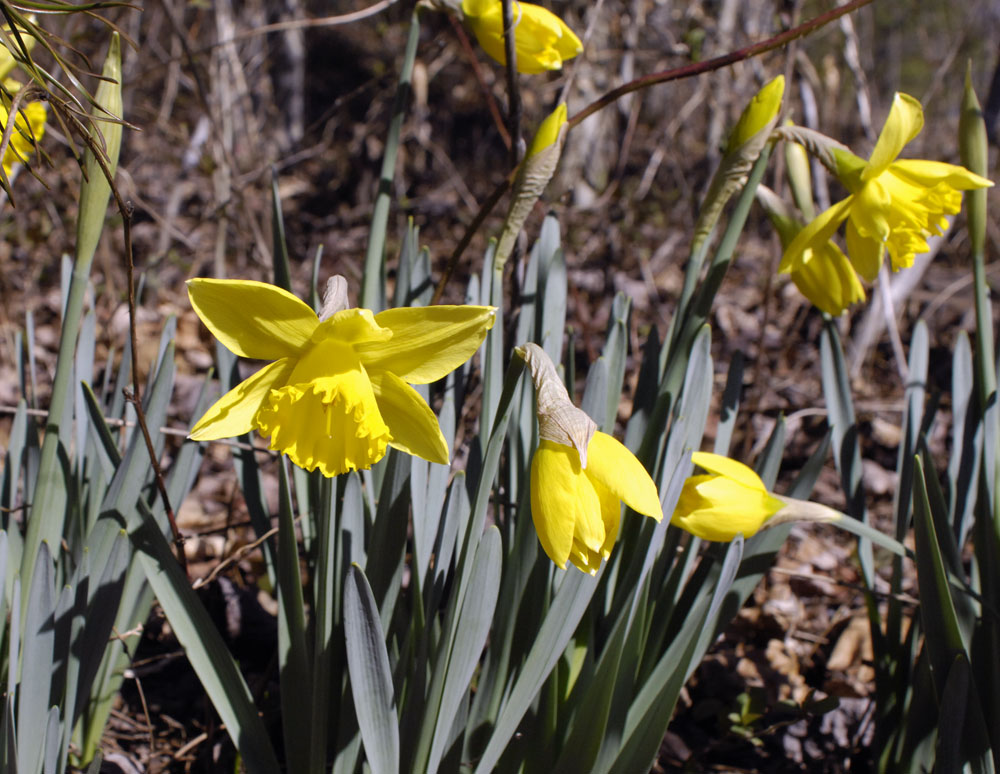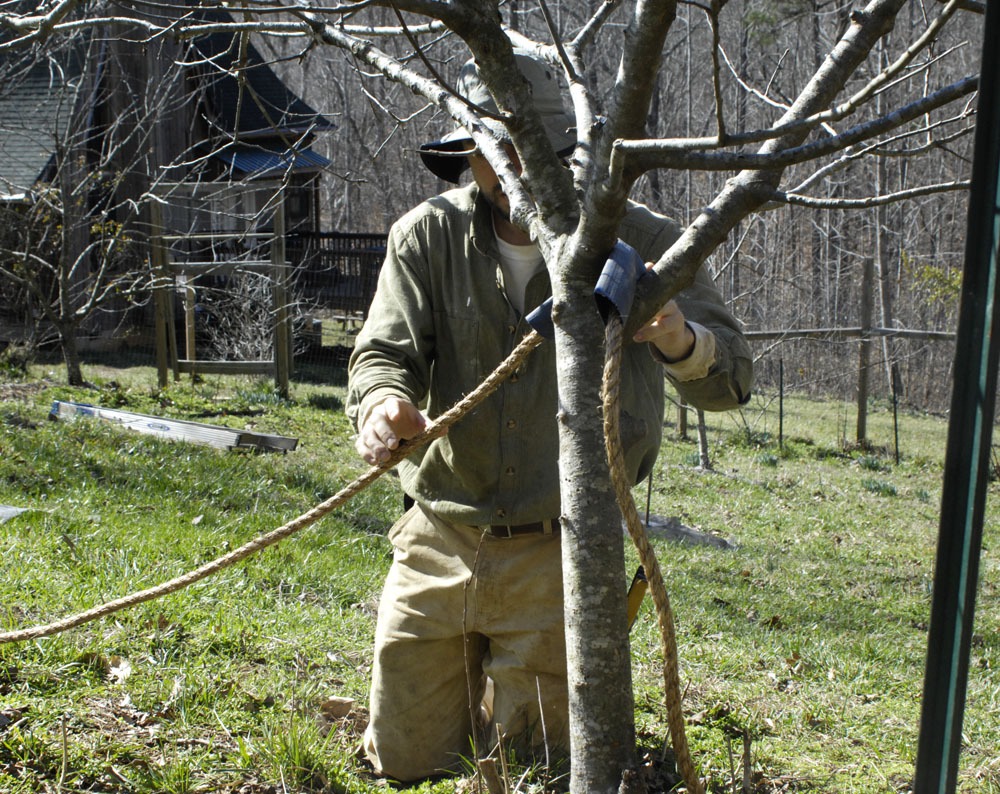Lily tries out a new game she just made up, which is a variant of Hide-Around-the-Corner-and-Git-You.
Month: February 2017
There’s no holding it back
An earthier take on sourdough
Up until recently, my philosophy on sourdough bread was influenced chiefly by Peter Reinhart (The Bread Baker’s Apprentice) and Michael Pollan (Cooked). While looking at reviews of cookbooks on Amazon, I came across this book by Lisa Rayner, Wild Bread: Handbaked Sourdough Artisan Breads in Your Own Kitchen. The book has definitely changed my philosophy of sourdough.
Technically, the main difference in Rayner’s approach is that she uses more starter. She builds up her starter with three successive feedings before mixing her dough. The starter provides nearly half of the total weight of the loaf.
But there is another difference in her philosophy of bread that is more subtle but very important. Pollan and Reinhart are city folk. Their references for bread are the sophisticated professional bakers that you find in the San Francisco Bay Area and New York. Whereas Rayner is much more rustic, more provincial, in her approach to bread. Provincial is good.
When good cooks ask me what my chief influences as a cook are, I name three: traditional Southern cooking as practiced by my mother’s mother, whose kitchen was supplied by a good-size farm; my eighteen years in California and my love for California cuisine as exemplified by Alice Waters; and hippy cuisine.
What’s hippy cuisine? Remember The Tassajara Bread Book? It was originally published in 1970. All through the 1970s, hippies were developing a new, healthier, more vegetarian cuisine. Think of Moosewood Cookbook (1977), or The Findhorn Family Cookbook (1976). In my opinion, these three very different approaches to cooking fuse very well. Wild Bread was published in 2009, but there is something very 1970s hippy-esque about it.
The first loaf of bread I made after reading Rayner’s method was just what I aim for — inherently and un-obviously sophisticated yet extremely countrified and rustic. As I said to Ken, the bread that Frodo and Bilbo ate in the shire was probably like that. In my imagination, at least, it’s what a loaf of bread might have been like a thousand years ago. Bread with that ancient quality just cannot be done with yeast. Only sourdough will do it. And, paradoxically, such a rustic bread can be achieved only with some hard-to-learn techniques and things that many kitchens don’t have — a baker’s peel, a baking stone, durum flour for dusting, and so on. One of those tools, unfortunately, is a steam oven.
Please, sir, may I have s’more?
I’ve been unable to get a good photo of this little guy because he waggles away as soon as I turn on the porch light (which is too dim for easy photography). He visits each evening soon after dusk. I usually know he’s there because Lily sits by the deck door and watches him. He comes to raid the compost buckets. He often makes a bit of a mess. But we don’t mind, because possums are good neighbors.
We are thinking about revising how we sort the kitchen waste, though — this for the chickens, that for the possums, and the rest for the compost. This possum has a nice coat and looks very healthy.
Water
It’s terrifying how much money Americans spend on bottled water — more than $13 billion a year. Even if bought by the gallon, bottled water costs well over $1 per gallon. When water is bought retail in smaller bottles, it costs $8 per gallon and up.
And the plastic! Each year, 50 million barrels of oil are required to produce the bottles.* Only about 20 percent of those bottles are ever recycled, so each day about 60 million bottles are thrown away, ending up in landfills or even by the roadside. It’s estimated that it takes about 450 years for a plastic bottle to bio-degrade. Not only that, the water gets shipped around in trucks and is eventually refrigerated.
The problem is getting worse, because sales of bottled water continue to grow at about 5 percent per year.
Part of the foolishness of bottled water is that most of it is just filtered municipal water. About 45 percent of bottled water comes from natural springs. But let’s not forget that a well is a spring — same water, and from a greater depth.
It always amazes me, in grocery stores, to see how much sweet liquids and bottled water people have in their carts. Not only is that a lot of plastic to dispose of, who wants to lug all that weight home?
Bottled water has never made sense to me. With the exception of those who live in environmental sacrifice areas, near fracking sites and coal ash impoundments, for example, good water is cheap and easily available to all of us. Everyone, however, should have a good water filter. That’s because filtered water tastes so much better. And if you live in a city, who wants the chlorine?
Before I moved into the abbey, where the refrigerator does the water filtering, I used a gravity filter like those made by Brita. The quality of the filter makes a big difference. Replacement filters for the GE refrigerator cost about $40 each and last about six months. That’s an expensive filter. I tried a less expensive off-brand filter, but the off-brand filter did not provide that springwater taste that everyone loves.
By the way, the abbey’s water comes from a private well, 305 feet deep. The first 60 or so feet passes through soil. Beyond that, it’s granite all the way down. Though maintenance of a water pumping system is an ongoing cost, it’s worth it. Wells are magical. Not as magical as my grandmother’s well with its windlass, rope and bucket, but magical just the same. Being able to have your own well — and with it, water independence — is one of the rewards of rural life.
Why do we do this? What are the factors that convince us that it makes sense to pay thousands of times the cost of water? It’s hard for me to believe that convenience is the factor, because bottled water isn’t nearly as convenient as just holding a glass up to the refrigerator. There also is something ominous about this, as water systems shift from public ownership to corporatization. Eventually water — water! — will become a much greater source of profit to corporations than it already is. Many people seem to have forgotten already that water comes out of the tap. That’s scary, not just because of the environmental and economic costs, but also because it’s yet another way that corporations reprogram us to be thoughtless, throwaway, dependent consumers.
*Source: CreditDonkey
Cotillion chardonnay
I have very rarely bought wine just because I liked the label. But when I saw this chardonnay at Trader Joe’s, I laughed out loud at the label and bought a bottle.
It’s a so-so chardonnay, barely worth the price at $8.99. It’s a blend of grapes from three counties — Sonoma (63 percent), Napa (20 percent) and Monterey (17 percent). That’s an entirely agreeable blend of California chardonnay regions, but still the wine falls short.
Another thing that fascinates me about this wine is the word cotillion. That’s a type of country dance, of course, similar to a quadrille. Our American square dance is a quadrille (and therefore a cotillion), I believe. In fact the word quadrille relates to squareness and the number four. Apparently the word quadrille fascinated Lewis Carroll, since he wrote the poem “The Lobster Quadrille” for Alice’s Adventures in Wonderland.
As for the word cotillion, it comes to English from a French word, cotillon, which means petticoat. An unabridged French dictionary says that cotillon also refers to party novelties such as confetti and streamers. Another French dictionary, tout en français, (the abbey has lots of dictionaries) defines cotillion thus: Divertissement composé de danses et de jeux avec accessoires (chapeaux, serpentins, confettis, etc.) et qui clôt le bal. So cotillion is the precise word for what the animals are doing in the label. They’re winding up the barnyard ball with a wild dance with festive accessories.
These days I’ll take a laugh anywhere I can get it. Though at the moment (9:22 p.m.) it’s time to switch to some serious port.
Gardening begins
Some people plant by the signs. Here at the abbey, we’re a little more mundane. We plant with the weather.
The 14-day forecast shows way above-average temperatures with above-average rainfall. That gets us into early March. With gardening, there always are risks. But today seemed like the time to get started with the early-spring, frost-tolerant crops.
As for the summer crops such as tomatoes, we’ve taken our seeds to our local horticulturist, and he’s starting our plants for us in his greenhouse.
The weather has been aggravating and fickle these past few years. But with any luck, we’ll soon have fresh salads from the garden.
The default soil here is red clay. So the garden soil has not always looked this delicious. It has taken eight years and tons of organic soil amendments to get it to this state. Our work on improving the soil continues each year.
Sophia enjoying the weather.
It’s too early for daffodils, but there they are.
Seeds!
Plans are in for a big garden for 2017. Last fall, Ken fed the garden with generous quantities of organic soil amendments, then planted cover crops. The abbey’s garden soil has been pure organic dynamite for years, but this year it should be better than ever.
Baker Creek Heirloom Seeds has been our source for garden seeds for years. Unfortunately, we haven’t done a good job of saving seeds from year to year, so that’s something we need to work on.
Each year we learn. For example, as much as everyone loves broccoli and cauliflower, the climate here is such that cool-weather crops like broccoli bolt too soon, without ever forming heads. We end up wasting a lot of garden space and effort on broccoli and cauliflower. Cabbage, however, does fine. This year we’ll do more herbs — basil as always, but also parsley and cilantro.
Here’s hoping that 2017’s weather will make it a good gardening year. Last year was terrible. There were long spells of hot, dry weather that were devastating to gardens. We can deal with the heat, but not with drought.
If Still Your Orchards Bear
If Still Your Orchards Bear
By Edna St. Vincent Millay
Brother, that breathe the August air Ten thousand years from now, And smell --- if still your orchards bear Tart apples on the bough --- The early windfall under the tree, And see the red fruit shine, I cannot think your thoughts will be Much different from mine. Should at that moment the full moon Step forth upon the hill, And memories hard to bear, By moonlight harder still, Form in the shadows of the trees, --- Things that you could not spare And live, or so you thought, yet these Are gone, and you still there, A man no longer what he was, Nor yet the thing he'd planned, The chilly apple from the grass Warmed by your living hand --- I think you will have need of tears; I think they will not flow; Supposing in ten thousand years Men ache, as they do now.
Orchard orthopedics
It’s discouraging how many years of work and patience and grief are required to start an orchard. In addition to the child mortality, the trees refuse to grow straight. I’m not sure why that is. It’s probably because young apple trees start as apple stock grafted onto root stock. So there is no natural symmetry when the trees are infants. The young trees are just ugly little sticks. In any case, orthopedics is required when the trees are adolescents.
If you want a nice orchard when you’re old, start when you’re about 26.


